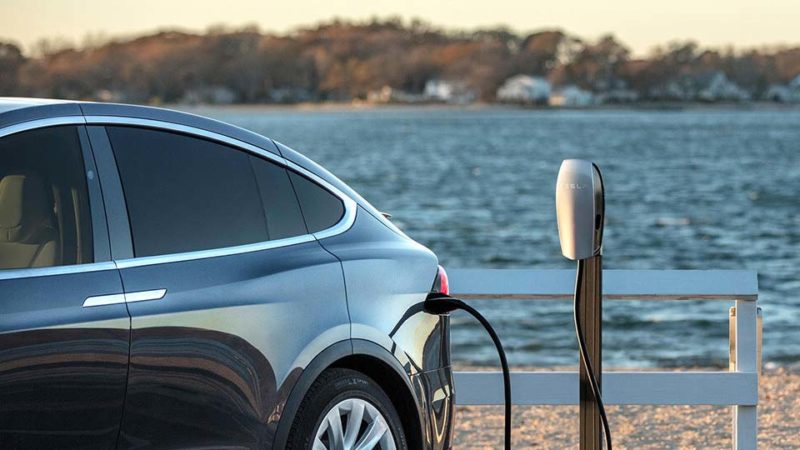The South Australia state government says it is working on an Electric Vehicle Action Plan that will look at how to make both electric vehicles and electricity more affordable, and find ways to use EV charging as a “solar sponge” to soak up excess solar production.
The state Liberal government announced on Sunday it will spend an initial $4.9 million on its EV Action Plan, which will be formally launched this year and will be designed to facilitate private investment in charging infrastructure, boost grid reliability and lower transport and energy costs.
“What’s clear is that as electric vehicles become more affordable, smart charging can reduce drivers’ fuel bills and reduce the cost of power for all South Australians,” energy minister Dan van Holst Pellekaan said in a statement.
“Our analysis shows that if we put the foot down on electric vehicles and do it smartly, we’ll deliver lower power bills for consumers, less air and noise pollution.”
At the heart of the plan is the use of EVs as “mobile batteries” that could act as a “solar sponge” for charging during the day, when there is often excess solar, and then be used in the evening to supply homes – or the grid – with cheaper power.
“By charging at low demand and at sunny or windy times, electric vehicles will allow us drive down wholesale electricity prices, reducing the cost of a unit of power for all South Australians,” van Holst Pellekaan said.
“A key action in the plan will be to support electric vehicles being used as mobile batteries which can be filled at low electricity demand times of the day and discharged at peak times.
“Discharge can occur the car into the home or grid in the evening when electricity is expensive and then recharged overnight when electricity is cheap.
“With smart charging infrastructure, time of use tariffs and electric vehicles as “surplus solar sponges”, we can reward customers who charge their vehicle when excess energy is available and prices are low.”
South Australia already has the biggest share of wind and solar in the grid in the world, reaching more than 55 per cent in the past 12 months, and van Holst Pellekaan has set a goal of “net 100 per cent renewables” to be reached before 2030.
Key to this goal is the addition of storage. There are now three big batteries, including what was until recently the world’s biggest lithium-ion battery at the Hornsdale Power Reserve, and the most ambitious home battery plan with various schemes designed to install up to 90,000 household batteries, many of which will form “virtual power plants.”
Other forms of storage are also being proposed, including pumped hydro storage projects, and hydrogen and compressed air projects.
“Our EV Action Plan will outline how these can come together to deliver bigger electricity and fuel savings for households,” van Holst Pellekaan said.
“Electric Vehicles will form a key part of our economic recovery from COVID-19, to deliver lower cost of living and a cleaner environment for all South Australians.”

Giles Parkinson is founder and editor of The Driven, and also edits and founded the Renew Economy and One Step Off The Grid web sites. He has been a journalist for nearly 40 years, is a former business and deputy editor of the Australian Financial Review, and owns a Tesla Model 3.

